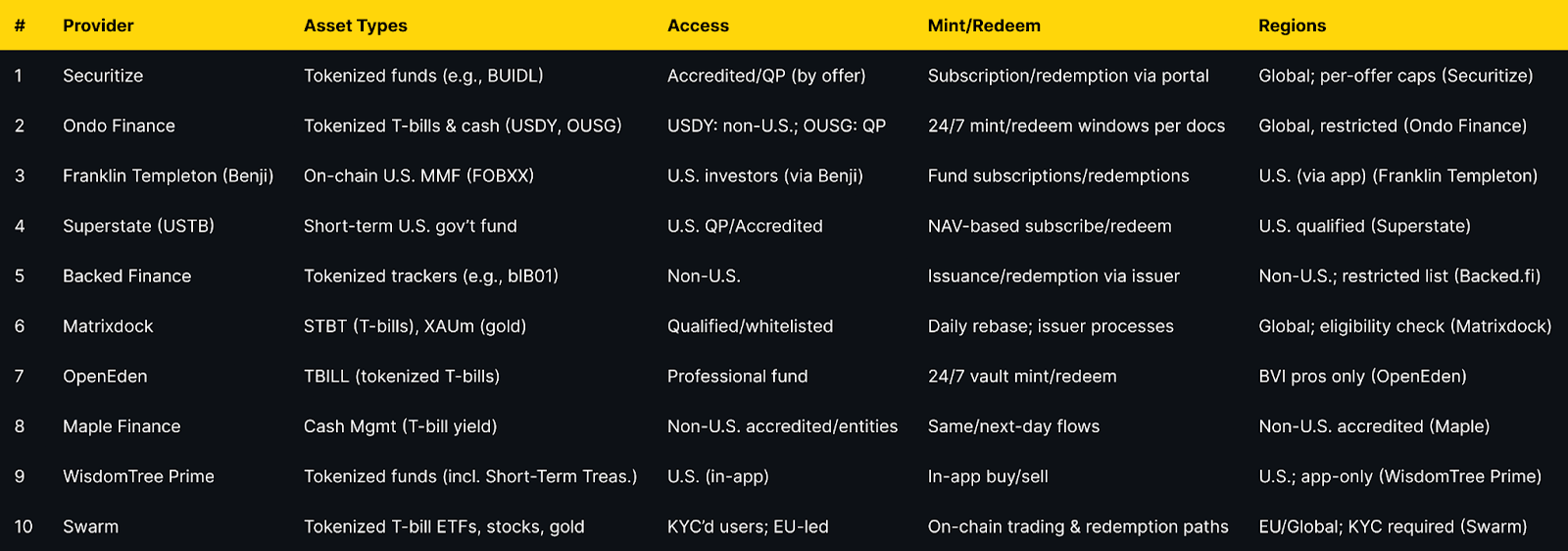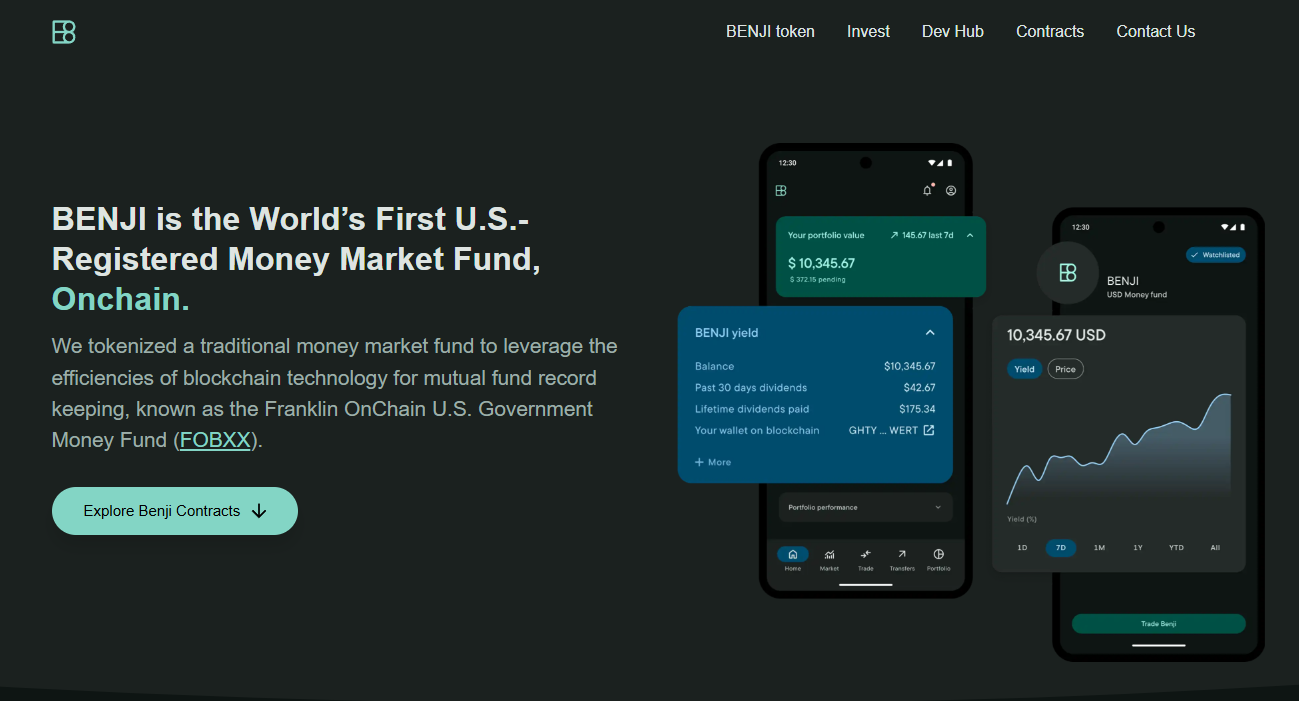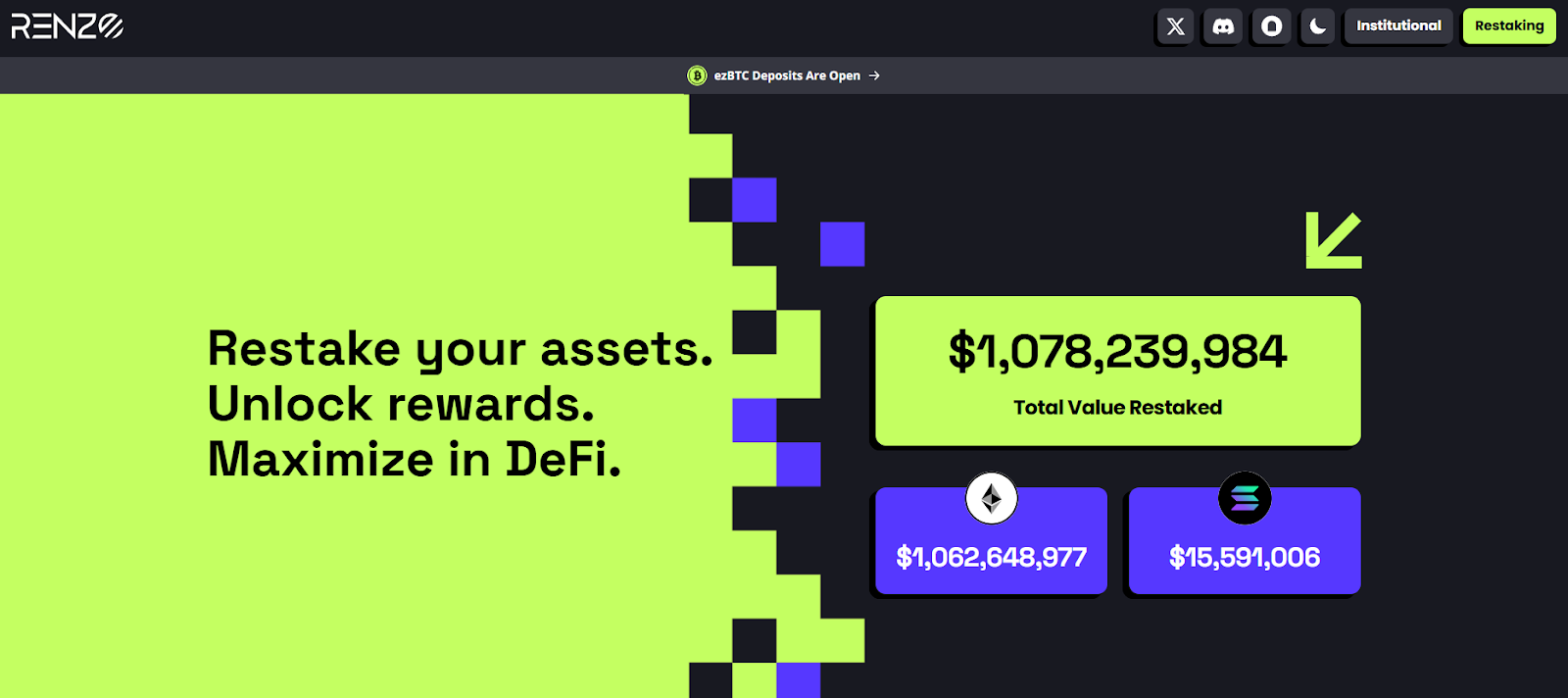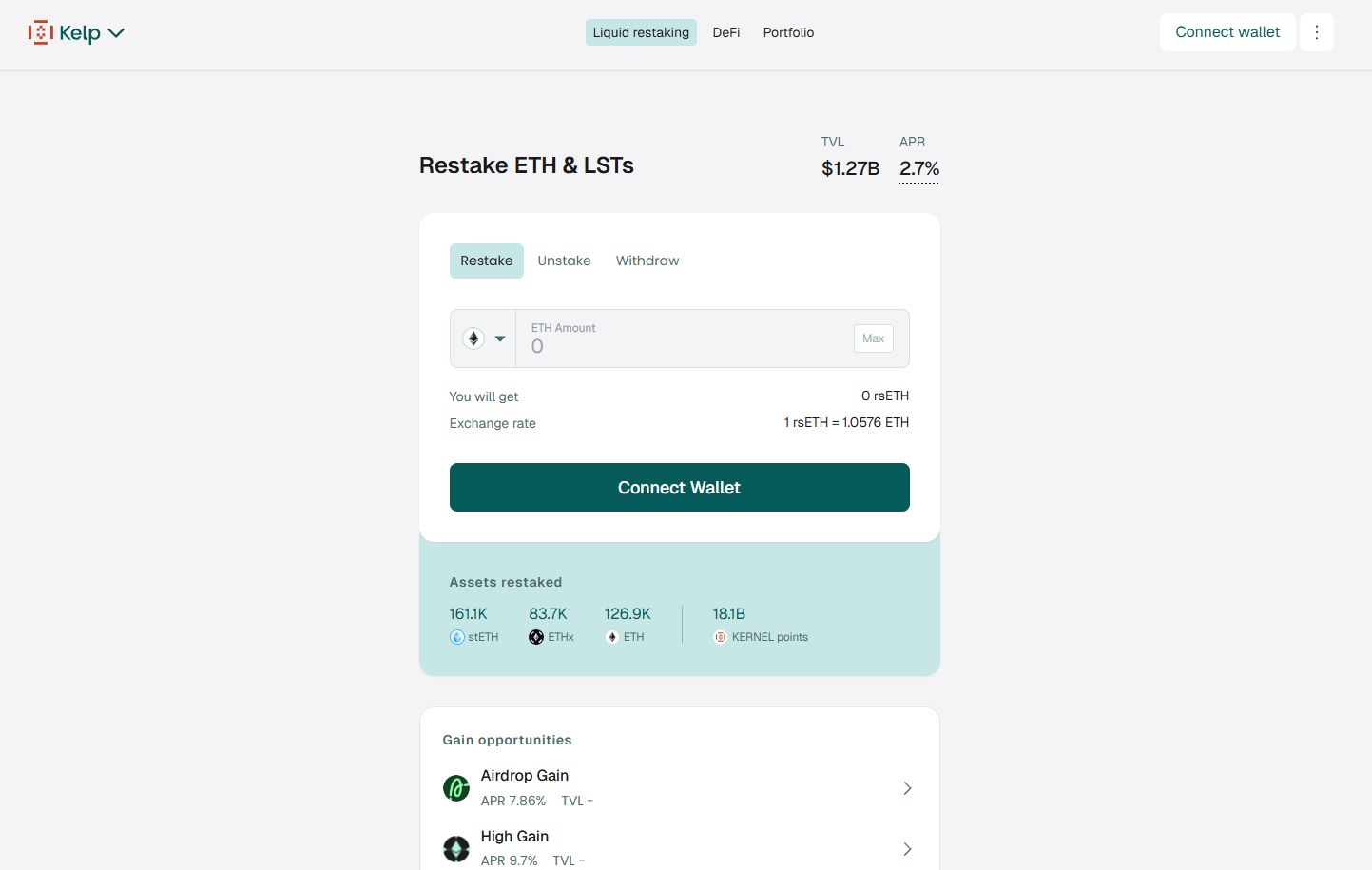
What is a Death Cross? - Complete Guide for Investors
.webp)
In the world of investing, there are numerous technical indicators that traders and investors use to analyze the financial markets.
One such indicator that often grabs attention is the "Death Cross." It sounds ominous, but what exactly is a Death Cross, and what does it mean for investors?
In this comprehensive guide, we will delve into the concept of the Death Cross, its significance, and how it can impact investment decisions.
What is a Death Cross?
A Death Cross is a specific occurrence that takes place on a price chart when a short-term moving average crosses below a long-term moving average.
It typically involves the 50-day moving average crossing below the 200-day moving average. This event is considered a bearish signal by many investors and is believed to indicate a potential trend reversal.
Understanding Technical Indicators - Before diving into the specifics of the Death Cross, it's important to have a basic understanding of technical indicators.
These indicators are mathematical calculations based on historical price and volume data. They help investors identify patterns and trends in the market, enabling them to make informed investment decisions.
Moving Averages - Moving averages are a popular type of technical indicator used by traders and investors. They smooth out price data over a specified period, providing a clearer picture of the underlying trend.
Moving averages can be calculated for various timeframes, such as days, weeks, or months.
How the Death Cross is Formed - The formation of a Death Cross happens when the price of an asset or security experiences a significant decline, causing the short-term moving average to cross below the long-term moving average. This downward crossover signifies a shift in market sentiment from bullish to bearish.
Factors Influencing the Death Cross - Several factors can influence the occurrence and significance of a Death Cross. Market volatility, economic indicators, geopolitical events, and investor sentiment all play a role in shaping the market and can impact the validity of the Death Cross as a predictive indicator.
What Does the Death Cross Indicate?
When a Death Cross occurs, it suggests that the recent decline in price has gained momentum and may continue.

It is often seen as a confirmation of a downtrend and can be an indication for investors to consider selling their positions or adopting a more defensive investment strategy.
How Does a Death Cross Work?
When a Death Cross forms, it suggests that the short-term momentum of a security is weakening and the bears are gaining control.
The crossover of the moving averages indicates a shift in sentiment from bullish to bearish. It is often seen as a bearish signal by traders and investors, as it implies that the price of the security may continue to decline in the near future.
How to Spot a Death Cross?
To identify a Death Cross, investors need to analyze the moving averages of a security. The 50-day moving average represents the short-term trend, while the 200-day moving average reflects the long-term trend.
When the 50-day moving average crosses below the 200-day moving average, a Death Cross is formed. This crossover is often accompanied by increased trading volume, further validating the bearish signal.
Real Life Examples of the Death Cross
Throughout history, there have been numerous instances where the Death Cross preceded significant market declines.
Some notable examples include the 1929 stock market crash, the 2008 global financial crisis, and the 2020 COVID-19-induced market sell-off. These events serve as reminders of the potential impact of the Death Cross on investment portfolios.
Death Cross Trading Strategy
The Death Cross is closely tied to market sentiment. When investors perceive the market as bearish or anticipate a downturn, the occurrence of a Death Cross can reinforce their negative outlook and lead to increased selling pressure. Conversely, a bullish market sentiment may downplay the significance of the Death Cross.
Many investors incorporate the Death Cross into their investment strategies as a risk management tool. It can be used to determine exit points for existing positions, identify potential short-selling opportunities, or adjust portfolio allocations during periods of increased market volatility.
Death Cross vs Golden Cross
The Death Cross and Golden Cross are two important technical analysis indicators used in financial markets to assess potential trend reversals. Here are few key points differentiating the Death Cross from the Golden Cross.
The Death Cross occurs when a short-term moving average, such as the 50-day average, crosses below a long-term moving average, like the 200-day average. This signals a bearish trend and potential downtrend in the market.
On the other hand, the Golden Cross happens when a short-term moving average crosses above a long-term moving average, indicating a bullish signal and potential uptrend.
It's important to note that the timeframe for these crosses can vary, with shorter-term averages generating more frequent but potentially false signals, while longer-term averages provide more reliable but less frequent signals.
Limitations of the Death Cross Indicator
While the Death Cross can provide valuable insights, it has its limitations. It is a lagging indicator, meaning it confirms a trend after it has already begun.
Additionally, false signals can occur, resulting in whipsaw movements and potential losses for investors who solely rely on the Death Cross for their decision-making.
Experts Opinion on the Death Cross
Opinions among experts regarding the Death Cross vary. Some view it as a reliable indicator of impending market downturns, while others argue that its significance has diminished in modern markets due to algorithmic trading and changes in market dynamics.
It's important to consider different perspectives and conduct thorough research before basing investment decisions solely on the Death Cross.
Frequently Asked Questions
Q1. What other technical indicators should I consider alongside the Death Cross?
Alongside the Death Cross, investors may consider other indicators such as the Relative Strength Index (RSI), Moving Average Convergence Divergence (MACD), and Bollinger Bands to gain a more comprehensive understanding of market trends.
Q2. Can the Death Cross predict market downturns with certainty?
The Death Cross is not a guaranteed predictor of market downturns. It is important to use it in conjunction with other indicators and analysis to make well-informed investment decisions.
Q3. Are there instances where the Death Cross has given false signals?
Yes, the Death Cross can give false signals, especially during periods of high market volatility or when market conditions are influenced by unique events. It is crucial to consider other factors before making investment decisions.
Q4. How frequently does the Death Cross occur in the financial markets?
The frequency of Death Cross occurrences can vary depending on market conditions. It is more likely to happen during periods of market turbulence or when there is a significant shift in investor sentiment.
Q5. Is the Death Cross relevant for long-term investors?
The Death Cross can be relevant for both short-term and long-term investors. Long-term investors may use it as a signal to reassess their investment strategies or adjust portfolio allocations, while short-term traders may utilize it for tactical trading decisions.
Q6. Can a Death Cross predict market crashes?
While a Death Cross may indicate a potential trend reversal, it does not specifically predict market crashes. It is essential to consider other factors and indicators to assess the overall market conditions accurately.
Q7. Are Death Crosses only applicable to individual stocks?
No, Death Crosses can be observed in various financial markets, including stock markets, commodity markets, and forex markets. The pattern is not limited to individual stocks.
Q8. Can a Death Cross be a buying opportunity?
While a Death Cross is generally considered a bearish signal, some traders and investors view it as a potential buying opportunity. They may use it as a contrarian indicator and look for oversold conditions before considering purchasing the security.
Bottom Line
Understanding what a Death Cross is and its significance in the world of investing can be instrumental in helping investors navigate the complexities of the financial markets.
While the Death Cross is a powerful technical indicator, it should be used in conjunction with other tools and analysis to make informed investment decisions.
By incorporating a comprehensive approach, investors can enhance their ability to identify potential market trends, manage risks, and maximize their investment returns.
Disclaimer
The information provided on this website does not constitute investment advice, financial advice, trading advice, or any other sort of advice and you should not treat any of the website's content as such.
Token Metrics does not recommend that any cryptocurrency should be bought, sold, or held by you. Do conduct your own due diligence and consult your financial advisor before making any investment decisions.

.svg)

Create Your Free Token Metrics Account

.png)




%201.svg)
%201.svg)


%201.svg)
























.svg)




.png)